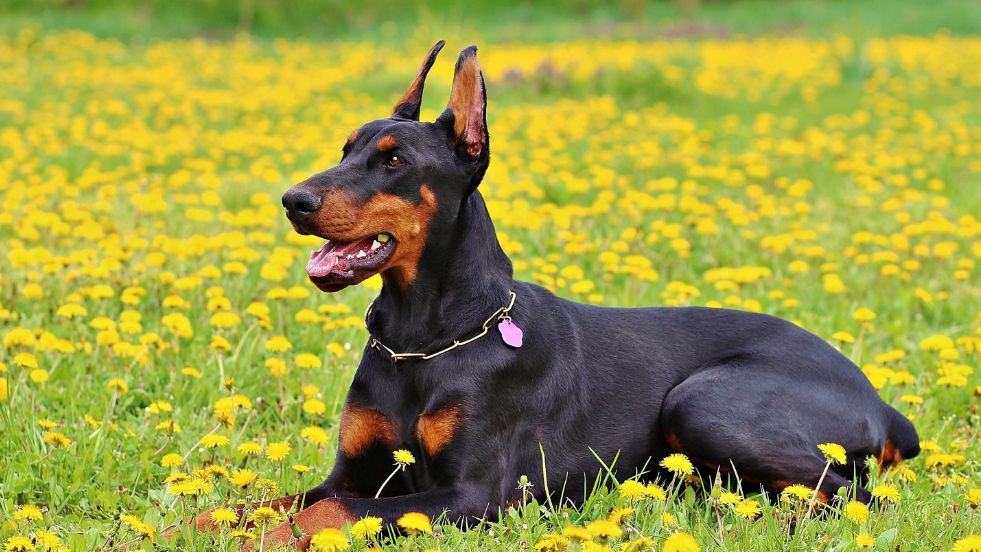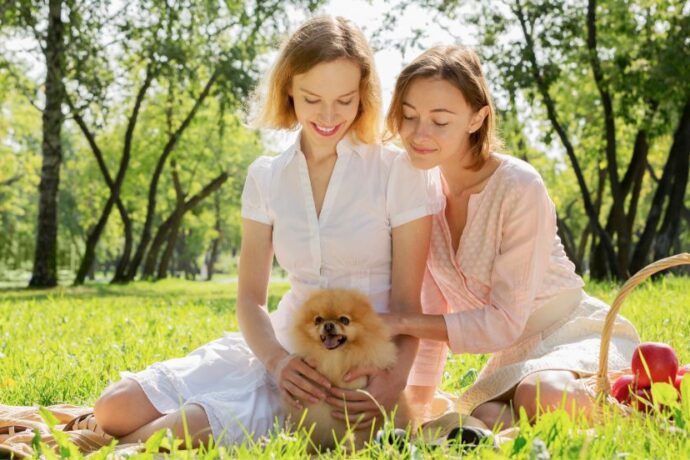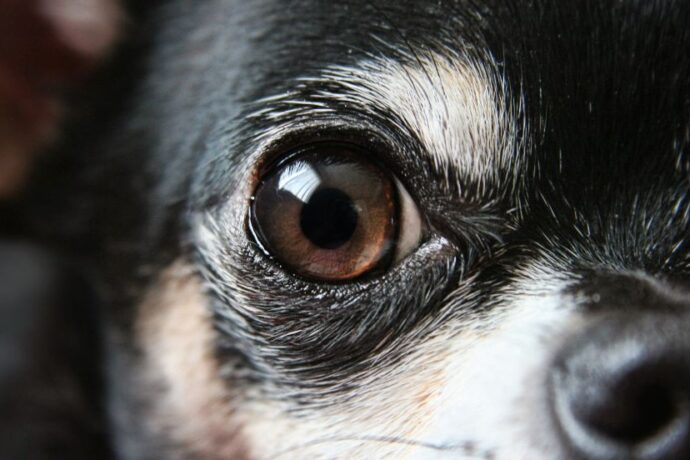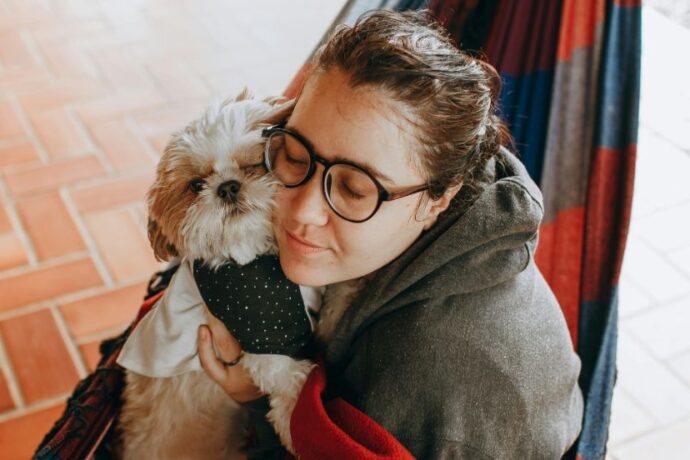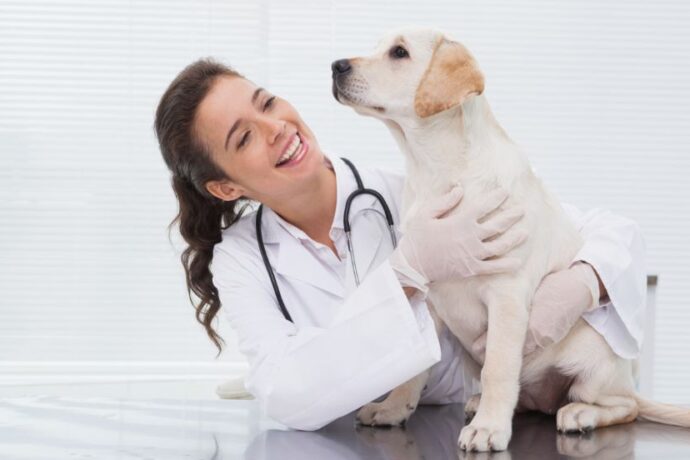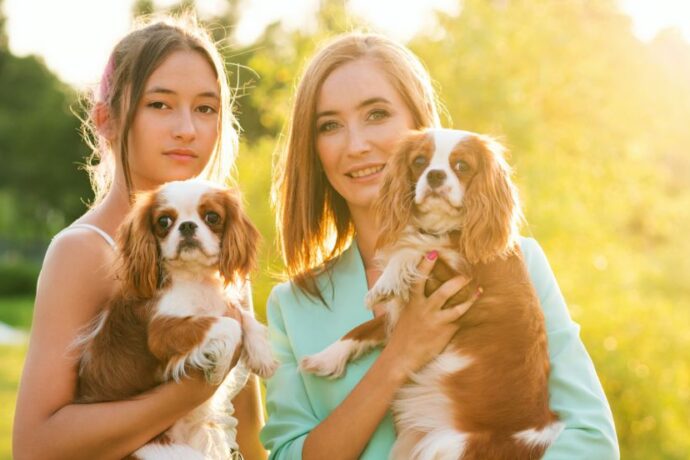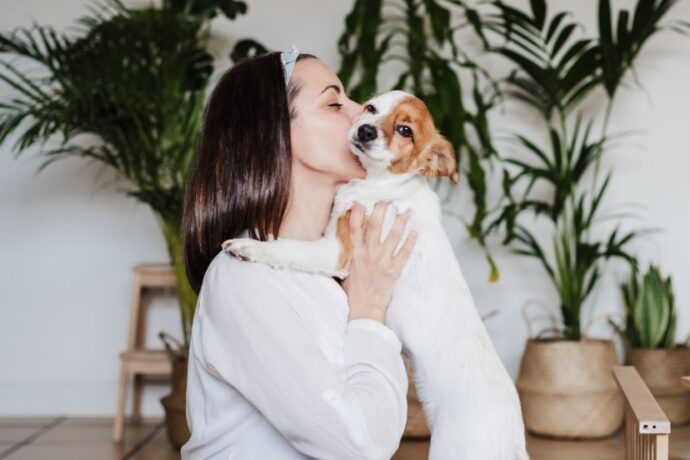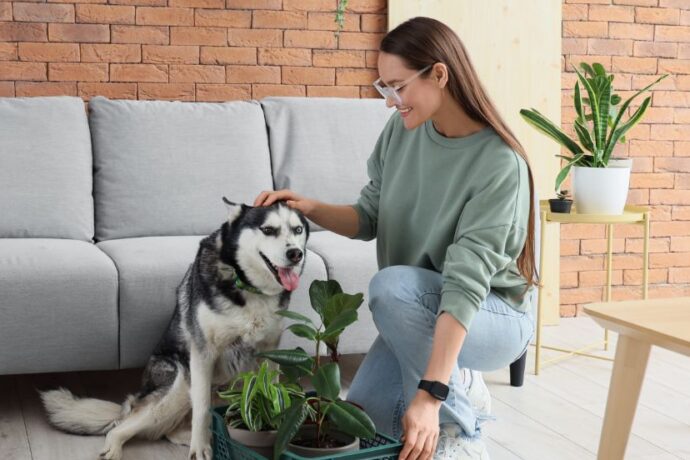Just like humans, dogs can experience fears and phobias that shape how they react to the world around them. While some fears are instinctive (like loud noises), others develop from negative past experiences, lack of socialization, or even genetics. Recognizing what your dog is scared of is the first step toward helping them feel safe and secure. In fact, research published in Scientific Reports (2020) highlights that nearly 30% of dogs display some form of fear-related behavior—showing just how common it really is (1).
Top 10 Things That Commonly Scare Dogs (and How to Help Them Cope)
1. Loud Noises (Thunderstorms, Fireworks, Vacuum Cleaners)
Dogs’ hearing is far more sensitive than ours, which makes sudden, booming sounds overwhelming. Thunderstorms, fireworks, or even a vacuum cleaner can trigger panic, pacing, or hiding.
How to Help:
- Create a “safe zone” like a cozy crate or quiet room.
- Use calming aids such as white noise machines or canine anxiety wraps.
- Gradually desensitize by playing low-volume recordings of thunder and rewarding calm behavior.
2. Strangers and New People
For some dogs, unfamiliar faces equal uncertainty and fear. This often shows up as barking, growling, or hiding. Dogs lacking early socialization are most at risk.
How to Help:
- Allow the dog to approach at their own pace—never force interactions.
- Ask guests to ignore the dog initially and offer treats calmly.
- Gradual exposure paired with positive reinforcement builds trust over time.
3. Other Dogs or Animals
Bad past experiences, lack of socialization, or territorial instincts can make dogs fearful around other pets. Signs include trembling, retreating, or lunging (a fear-based reaction).
How to Help:
- Arrange controlled introductions in neutral spaces.
- Work with a trainer to use desensitization techniques.
- Reward calm behavior instead of punishing fearful reactions.
4. Car Rides and Travel
Not all dogs love car rides. Some experience motion sickness, while others associate cars with stressful events like vet visits.
How to Help:
- Start with short, positive car rides to fun places (like the park).
- Use a dog seatbelt or crate for safety and comfort.
- For motion sickness, ask your vet about natural remedies or medication.
5. Veterinary Visits
The strange smells, new environment, and handling by strangers can make dogs fearful of the vet’s office. Even confident dogs may become anxious here.
How to Help:
- Take your dog on “happy visits” where no treatment occurs—just treats and praise.
- Bring a favorite toy or blanket for comfort.
- Practice handling exercises at home to reduce sensitivity.
6. Being Left Alone (Separation Anxiety)
Dogs are pack animals, so being left alone for long periods can cause stress. Symptoms include destructive chewing, barking, pacing, or accidents indoors.
How to Help:
- Start with short departures, gradually increasing time away.
- Leave interactive toys or puzzle feeders to keep them busy.
- Consider a pet sitter, doggy daycare, or calming aids for severe cases.
7. Costumes, Hats, or Unusual Outfits on Humans
Dogs rely on body language to interpret human behavior. A hat, sunglasses, or costume can confuse them, making you seem unfamiliar.
How to Help:
- Let your dog sniff and investigate items of clothing before you wear them.
- Pair new looks with treats so they form positive associations.
- Avoid forcing dogs into stressful situations during costume-heavy holidays.
8. New or Unfamiliar Environments
Moving to a new home, staying at a kennel, or even visiting a busy café can be overwhelming. Dogs may freeze, whine, or cling to their owners.
How to Help:
- Introduce new places gradually, starting with short visits.
- Bring familiar items like toys, beds, or blankets for comfort.
- Offer calm praise and rewards to build positive experiences.
9. Specific Surfaces (Slippery Floors, Stairs, Metal Grates)
Many dogs are wary of walking on surfaces they’re not used to. A shiny tile floor or a metal grate on the sidewalk can feel unsafe.
How to Help:
- Use rugs or mats to make slippery areas less intimidating.
- Practice walking on new surfaces with treats and encouragement.
- Never drag or force the dog—patience is key.
10. Past Trauma or Abuse
Rescue dogs, in particular, may carry deep-rooted fears from past mistreatment. These fears might be triggered by loud voices, sudden movements, or objects like sticks.
How to Help:
- Provide a predictable, safe environment with consistent routines.
- Use gentle, reward-based training instead of punishment.
- Work with a behaviorist if trauma-related fears are severe.
NOTE: Each of these fears is manageable with patience, positive reinforcement, and sometimes professional support. Recognizing the signs early can make a huge difference in improving your dog’s confidence and overall well-being.
What Science Tells Us About Dog Phobias
According to veterinary behaviorists, fear in dogs often stems from a combination of genetics, environment, and learned experiences. For example, a study published in Applied Animal Behaviour Science found that early socialization reduces the likelihood of developing long-term phobias (2)(3). Experts emphasize using positive reinforcement, desensitization, and counter-conditioning to help dogs gradually overcome these fears. Punishment, on the other hand, can make the fear worse.
FAQ’s Frequiently Asked Questions
1. How can I tell if my dog is scared?
A. Common signs include trembling, hiding, tucked tail, excessive barking, pacing, or even destructive chewing.
2. Can dogs outgrow their fears?
A. Some mild fears may fade with positive exposure, but deep-rooted phobias often need consistent training or professional help.
3. Should I comfort my dog when they’re scared?
A. Yes, but stay calm yourself. Gentle reassurance, safe spaces, and distraction with toys or treats work better than over-coddling.
Final Thoughts:
Fear in dogs is normal, but it becomes a problem when it interferes with their quality of life. By identifying what your dog is scared of and using positive reinforcement techniques, you can help them feel safer and more confident. If the fear is severe, consulting a veterinarian or certified behaviorist is the best way forward.
A little patience, understanding, and love can transform a fearful dog into a happier, more relaxed companion.
References:
1. Fear expressions of dogs during New Year fireworks
2. The impact of early socialisation on animal behaviour and welfare

